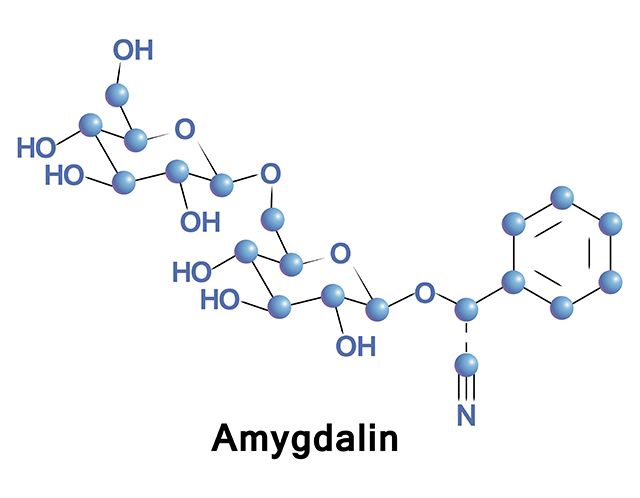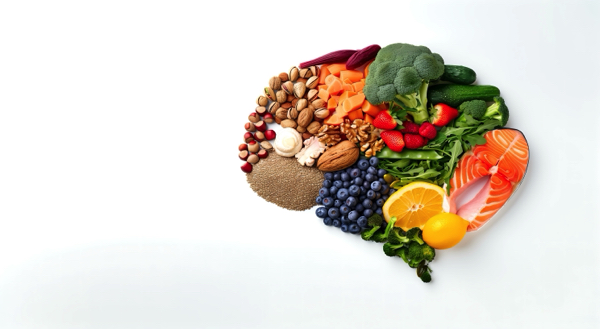Bay leaves: The unsung superfood with centuries of flavor and health benefits
04/27/2025 / By Ava Grace

- Bay leaves (Laurus nobilis) are rich in antioxidants, anti-inflammatory compounds and digestive aids, offering both culinary and medicinal benefits beyond their aromatic flavor.
- Used since ancient times, bay leaves symbolized wisdom and victory in Greece and Rome, while traditional medicine employed them for digestion, respiratory relief and anti-inflammatory effects.
- Modern research highlights their ability to aid digestion, reduce inflammation, support heart health, lower blood sugar and cholesterol and combat microbes.
- A key ingredient in Mediterranean, Indian and Caribbean dishes (e.g., beef bourguignon, biryani, jerk marinade), they infuse flavor when simmered but are removed before serving.
- Though often overlooked, bay leaves are gaining recognition as a functional superfood, bridging ancient remedies and modern wellness trends.
For centuries, bay leaves (Laurus nobilis) have quietly enhanced culinary dishes and traditional remedies, yet their full potential as a superfood remains underappreciated. These aromatic leaves are a staple in Mediterranean, Indian and Caribbean cuisines, but their benefits extend far beyond flavor.
Rich in antioxidants, anti-inflammatory compounds and digestive aids, bay leaves offer a surprising array of wellness perks. From ancient Greek laurel wreaths to modern stews and soups, this humble herb has stood the test of time. Today, as interest in functional foods grows, researchers and chefs alike are rediscovering why bay leaves deserve a place in both the kitchen and the medicine cabinet.
Common names and varieties
Bay leaves come from the bay laurel tree, an evergreen native to the Mediterranean. They are also referred to as sweet bay, bay laurel, or simply laurel leaves. In India, they are called tej patta, while in the Caribbean, they may be known as West Indian bay leaves (Pimenta racemosa), a different but related species with a stronger flavor. (Related: How to easily grow a bay leaf tree.)
True bay leaves (L. nobilis) are oval-shaped, glossy, and dark green when fresh, turning leathery and olive-green when dried. Their taste is subtly floral, slightly bitter and reminiscent of oregano and thyme, though more complex.
Unlike many herbs, bay leaves are rarely eaten whole. Instead, they are steeped in dishes and removed before serving to infuse flavor without overpowering the meal.
A historical powerhouse: From ancient rituals to modern kitchens
Bay leaves have a storied past. In ancient Greece and Rome, they symbolized wisdom and victory. Wreaths made from bay laurel adorned the heads of emperors, scholars and Olympic champions. The term “baccalaureate” even derives from the Latin bacca laureus, meaning “laurel berry” – reflecting the herb’s association with academic achievement.
Beyond symbolism, bay leaves were prized for their medicinal properties. Ancient physicians like Hippocrates used them to soothe aches and aid digestion, while medieval herbalists brewed bay leaf teas to relieve respiratory ailments. Today, science confirms many of these traditional uses, revealing that bay leaves contain compounds like eugenol, linalool and parthenolide, which contribute to their anti-inflammatory and antimicrobial effects.
More than just a flavor booster: The surprising health benefits of bay leaves
A 2014 study published in the Journal of Clinical Biochemistry and Nutrition found that consuming bay leaves daily helped lower blood glucose and cholesterol levels in patients with Type 2 diabetes. Participants who ingested 1-3 grams of powdered bay leaf with meals for 30 days saw significant improvements in metabolic markers.
While more research is needed, this finding aligns with historical uses of bay leaves as a digestive aid and blood sugar regulator. Aside from this study, other papers highlight several key health benefits of bay leaves:
- Digestive aid: Bay leaves stimulate enzymes that break down food, reducing bloating and indigestion.
- Anti-Inflammatory properties: Compounds like eugenol help reduce inflammation, potentially benefiting conditions like arthritis.
- Heart health:The leaves contain rutin and caffeic acid, which support cardiovascular function.
- Antimicrobial effects: Bay leaf extracts have been shown to combat bacteria and fungi, making them useful in natural food preservation.
- Respiratory relief: Inhaling steam infused with bay leaves can help clear congestion, a remedy still used in aromatherapy today.
Culinary uses of bay leaves
Bay leaves are a cornerstone of slow-cooked dishes, where their flavor deepens over time. Some classic recipes featuring bay leaves include:
- Beef bourguignon: A French stew where bay leaves meld with red wine, mushrooms and herbs.
- Indian biryani: Whole bay leaves are fried in ghee (clarified butter) to release their aroma before layering with rice and spices.
- Mediterranean tomato sauce: Simmered with garlic, basil and bay leaves for a rich, layered taste.
- Jamaican jerk marinade: West Indian bay leaves add a peppery depth to this spicy marinade.
- Chicken soup: A single bay leaf elevates the broth with earthy, herbal notes.
Because bay leaves are tough and fibrous, they are typically added at the start of cooking and removed before serving. Ground bay leaf is less common, but can be used in spice blends like garam masala.
A timeless superfood worth rediscovering
Bay leaves may not dominate headlines like kale or turmeric, but their enduring presence in global cuisines and traditional medicine speaks volumes. Whether used to deepen the flavor of a slow-cooked stew or brewed into a tea for digestive relief, this unassuming herb packs a powerful punch. As modern science continues to validate ancient wisdom, bay leaves stand out as both a culinary treasure and a functional superfood – proving that sometimes, the most understated ingredients hold the greatest benefits.
Of course, this isn’t a substitute for medical advice, and it’s always a good idea to chat with a naturopathic physician who can tailor recommendations to your unique health needs.
For more fascinating insights into superfoods and their natural wonders, visit NaturalNews.com. It’s a treasure trove of articles that will deepen your understanding of the healing power of food.
If you’re into cutting-edge technology with a health twist, try Brighteon.ai. Created by Mike Adams, the Health Ranger, this AI model is a free download that you can run on your own device. It’s all about sharing knowledge freely and bypassing the filters of censorship.
And if you’re looking for a place to openly discuss everything from nutrition to natural remedies without any holds barred, Brighteon.com is your go-to spot. Don’t forget to check out their free speech social media platforms, Brighteon.IO and Brighteon.social, where the conversation is always lively and uncensored.
Watch this video about the benefits of bay leaf tea.
This video is from the Daily Videos channel on Brighteon.com.
More related stories:
Mangosteen and Indian bay leaf may help promote muscle strength.
Bay laurel leaf: A kitchen staple with an array of health benefits.
Health benefits of olive leaf extract.
Top five health benefits of bitter leaf.
Sources include:
Submit a correction >>
Tagged Under:
alternative medicine, bay laurel, bay leaves, Cures, food cures, food is medicine, food science, functional food, healing, herbal medicine, Herbs, Laurus nobilis, natural cures, natural health, natural medicine, remedies
This article may contain statements that reflect the opinion of the author




















